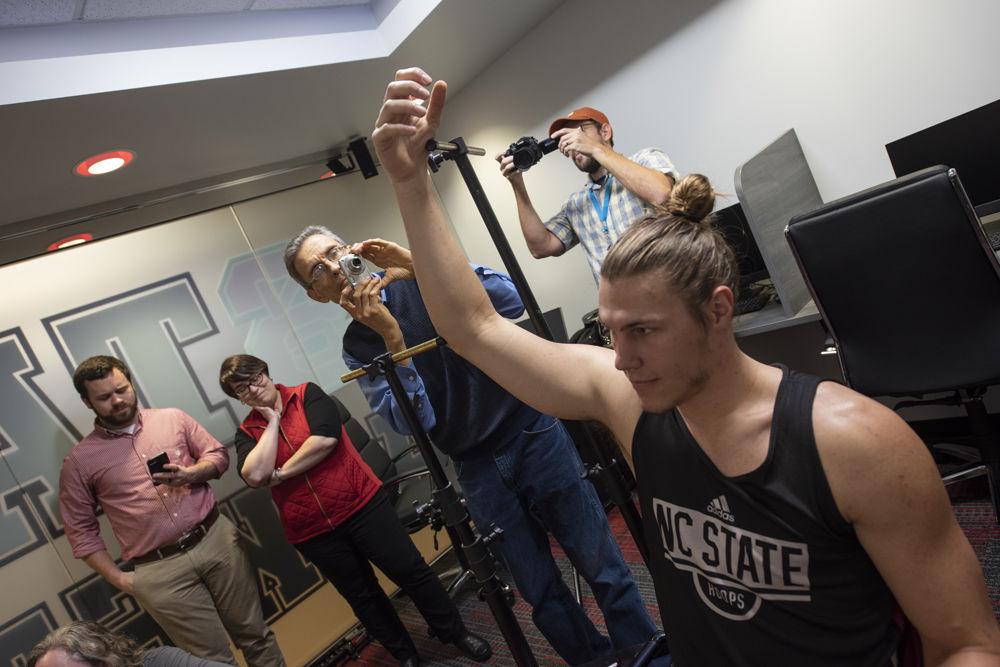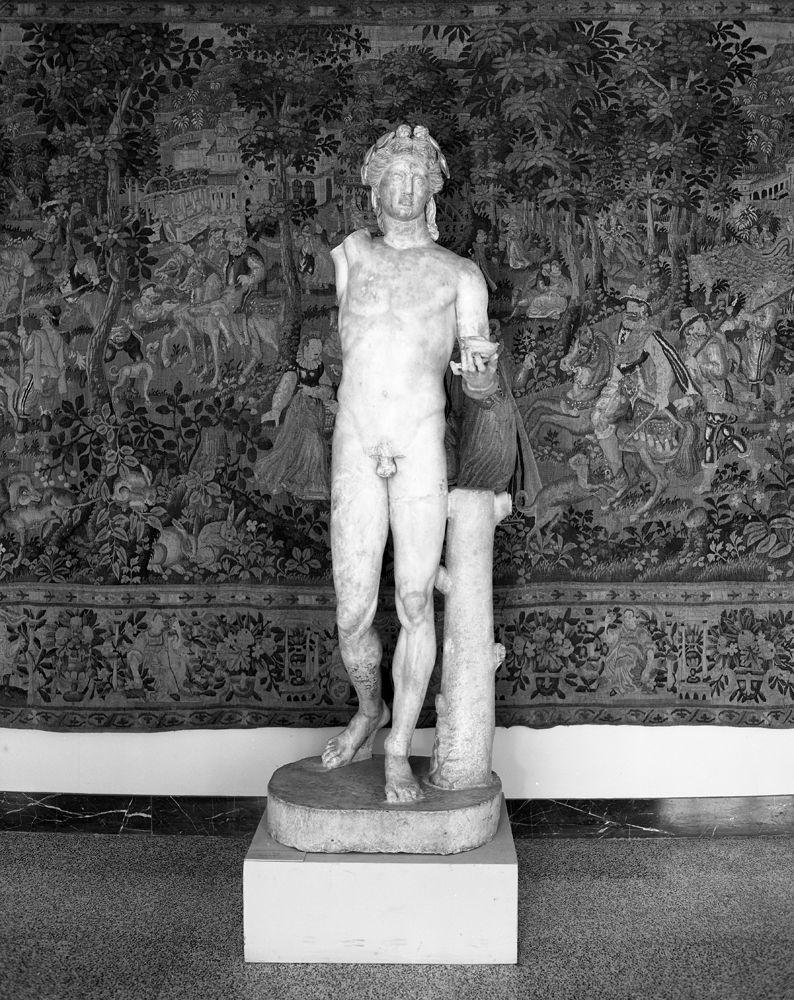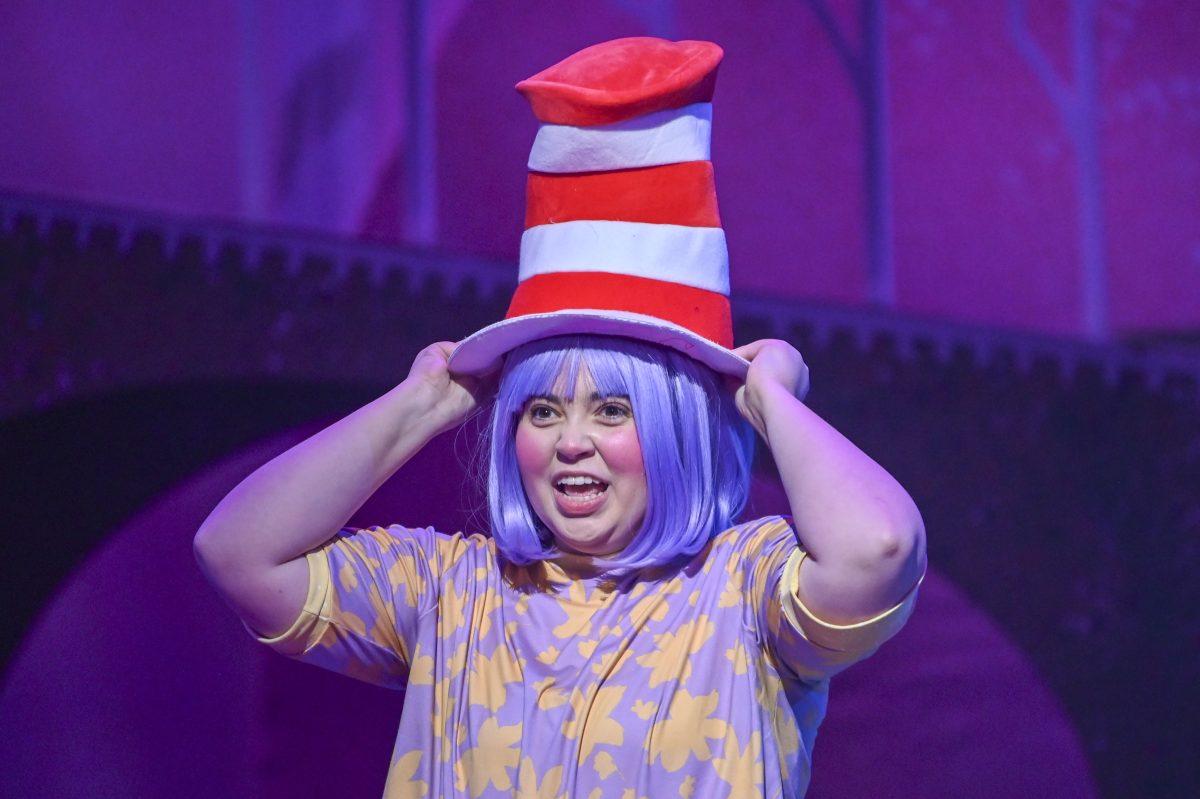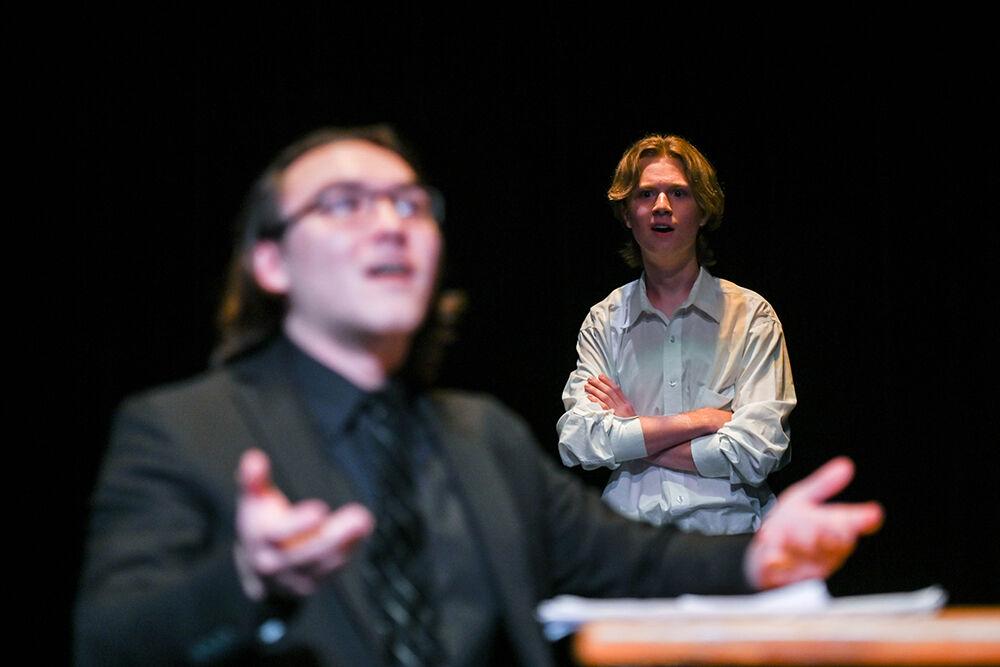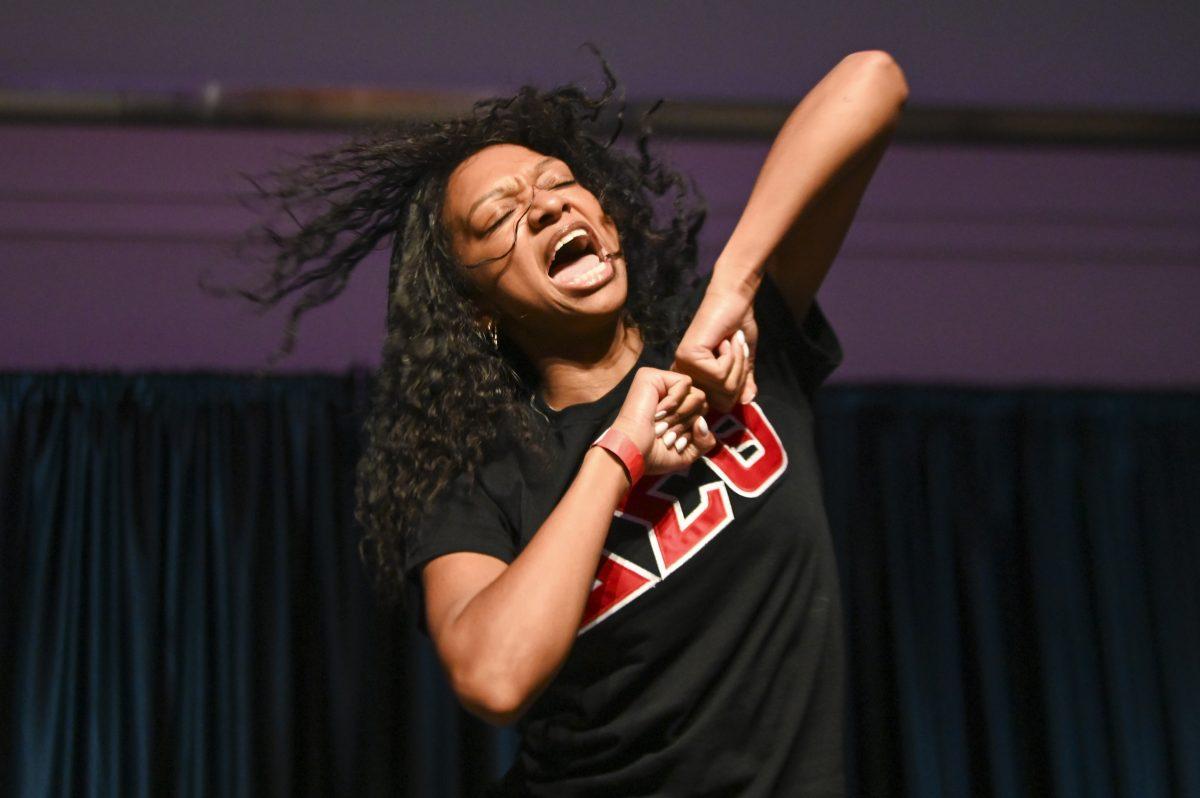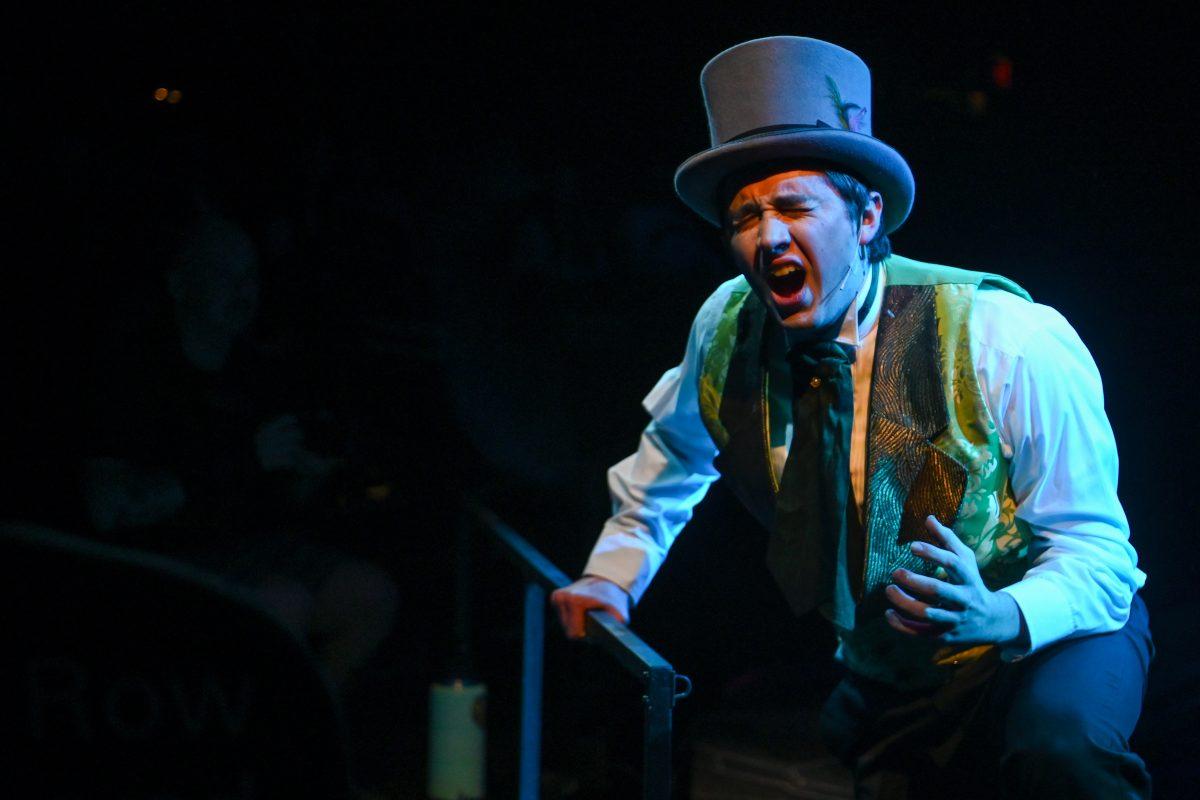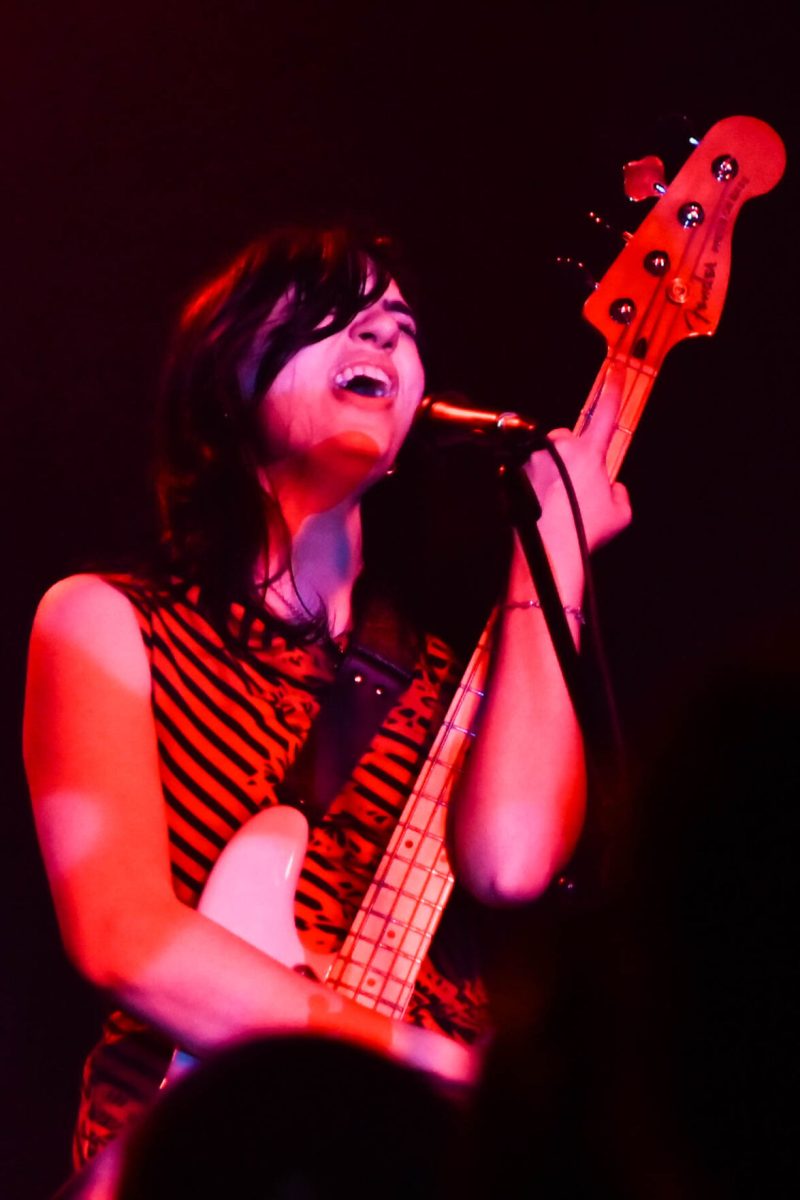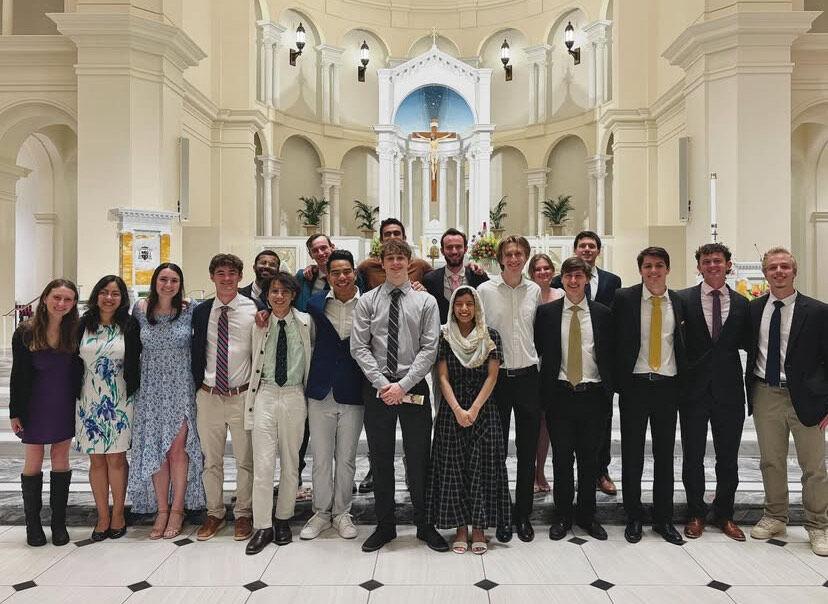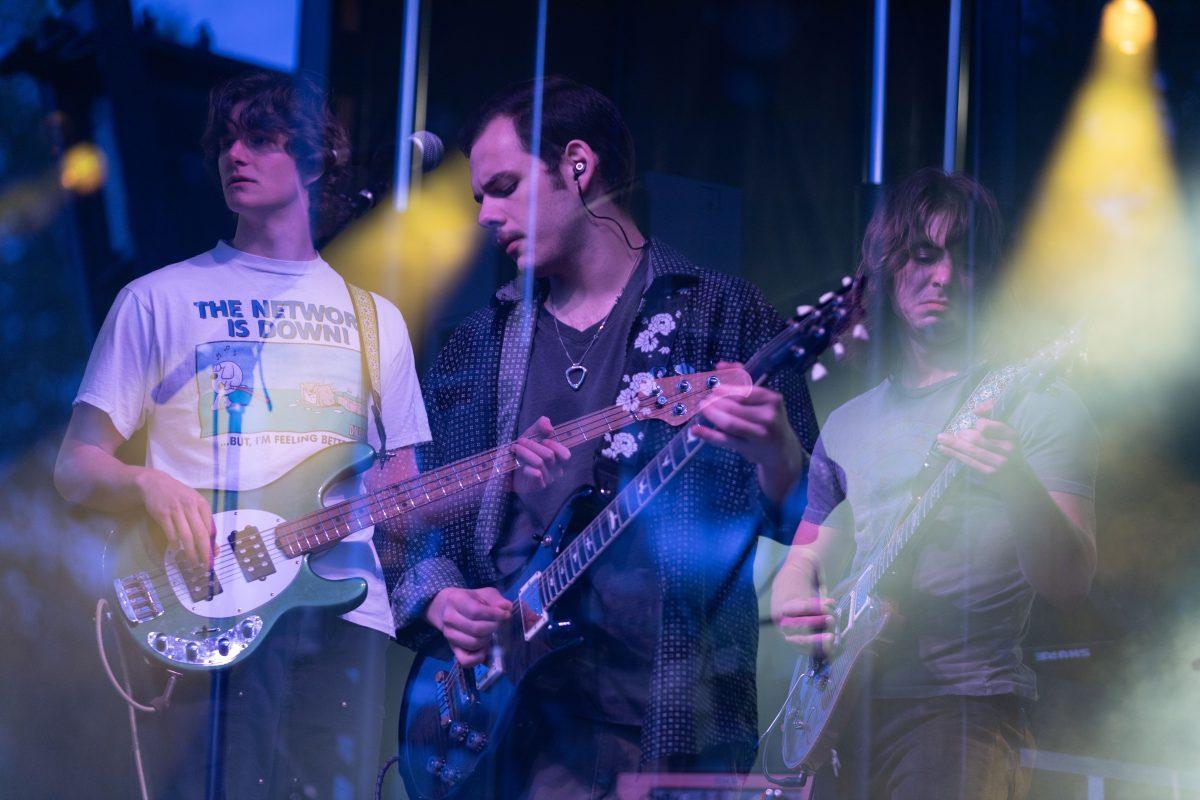In January 2018, the North Carolina Museum of Art (NCMA) began an ambitious art conservation initiative called the “Bacchus Conservation Project.” The goal of the project is to restore and stabilize the second-century statue of Bacchus, the Roman god of agriculture, wine and fertility. which has been lost since before the museum received the statue in in the 1950’s.
Caroline Rocheleau, curator of ancient art for the NCMA, spoke about the statue’s history with the museum.
“[The second museum director, Justus Bier*] wanted to know more about the sculpture, and he consulted with classical scholars and they pretty much told him ‘it looks like it’s made from different fragments,’” Rocheleau said. “The head is ancient, the torso is ancient and very rare… Separate the antiquities from the other fragments that we don’t think are real.”
According to Rocheleau, one of the major efforts of the project is to recreate Bacchus’ missing arm. However, when the museum opened, it was unable to complete the restoration of the statue due to a lack of conservators and a curator of ancient art.
“In 1961 or ’62, the museum could not do that, so they decided to leave that for the next generation,” Rocheleau said. “We created the Bacchus Conservation Project when I started studying the collection, the classical collection, with classical art historians, and we developed this project because this was unusual, it was complex.”
Rocheleau also described the reasoning behind restoring the entire sculpture.
“We sat down and thought ‘okay, are we going to display these fragments individually?’” Rocheleau said. “It doesn’t really make much sense to have a leg, another leg, an arm, a torso, a head. Why not keep everything together, and now the statue makes sense because it is Bacchus. And while we’re doing that, let’s restore the whole thing so it is as it came to the museum.”
Lawrence Heyda, a sculptor and painter from Hillsborough, came up with the idea to create a fiberglass arm for the statue, which would be much lighter than the original marble.
“While we were touring [at the NCMA], we saw this Roman statue standing there; 6 feet, 9 inches tall and missing his arm,” Heyda said. “She [the conservator] said ‘we’re reluctant to make a marble arm to put on there, because the statue’s so old and we’re afraid it will perhaps endanger the structure of the torso and the legs and so on.
The next challenge was to figure out how to piece together the old and the new fragments. To accurately replicate Bacchus’ arm, the conservation team and Heyda needed a similar model. The statue stands approximately 6 feet, 9 inches tall and is of an athletic body type.
“I thought, ‘Where would I find a model, 6-foot-9, with a good physique?’” Heyda said. “I started looking at basketball rosters of teams around North Carolina and writing to coaches, coaches’ assistants and so on… I probably wrote to six or seven different schools. Finally, I wrote to NCSU, and I was so happy that I got almost an immediate reply.”
Wyatt Walker, a graduate student studying parks, recreation, tourism and sport management and forward on the NC State basketball team, appeared to be the perfect model for the project.
To replicate the arm, Heyda said he is currently working with 3D specialists.
“In the end, we got a really good scan of the arm, and I was able to get 3D files from [the 3D specialist] and print out a smaller version of the arm, because I had made a smaller version of Bacchus from 3D files that they had taken at museum a while ago,” Heyda said. “I brought that in last week and everybody loved it. So that’s the go-ahead to make the full-sized arm now.”
In addition to making the arm realistic, Rocheleau and her team wanted to make an arm that could easily be distinguished from the ancient parts of the statue.
“We thought, ‘why not create this arm and make it very obvious that this is a modern addition that we added on and make sure it is reversible?’ which is something that you do in conservation treatment,” Rocheleau said. “You want to make sure you can undo it if the need be.”
The Bacchus Conservation Project is an ongoing art restoration project. Updates on the project can be found on their website.
*Editors Note: The article was updated to reference the correct former director of the museum


